Choosing what to read in isolation has been all about escapism. Even if the big Morrisons has run out of flour, toilet roll and any decent stewing lamb, worry not, books remain plentiful. You can’t go out, you can’t go the library, but that doesn’t mean you can’t buy books! This really handy map shows you which local independent bookshops are still open, taking orders online or over phone and posting books out for a small fee – and you can always buy from one of the big boys, too. 2020 was shaping up to be a great year for books and, thanks to the ingenuity of booksellers, publishers and writers all over, it is still going to be. How exciting! Here are two recently published thrillers that I’ve enjoyed this year.
If anything, the last few weeks have shown how easily small problems can spiral out of control. Liar is a familiar story: Nofar is a teenager dismayed at her averageness and desperate to escape her dull summer job in the ice-cream parlour. Her younger sister is far more glamorous and popular than she is, and it’s humiliating to serve ice-cream to kids from her school who barely recognise her. One day, an arrogant celebrity starts shouting and berating her when he comes in for ice-cream. It’s all too much for Nofar; she runs crying into the alley, he follows her, and when the police find a distraught girl in an alley with a violent man they naturally assume the worst. But now, cast in the media as a survivor and a hero, Nofar finds that lying is the best thing that’s ever happened to her. She doubles down.
From then on Nofar’s life is shot through with self-doubt, shame and envy; Ayelet Gundar-Goshen is excellent at drawing her world through her characters’ eyes, using their warped perspectives of themselves and what they are doing to obscure the consequences of being a liar. But despite the fear of getting caught, Nofar is better, braver, more fun and more assured in the new world of the lie. It’s seductive, and worth the risk.
as she spoke – how strange – her eyes became bluer. Her lips grew fuller. Her shoulders, usually stooped, suddenly spread like wings. And her breasts, usually concealed by those dropping shoulders, now appeared quite attractive […] Water plants need the heat of summer in order to blossom. And Nofar Shalev needed the excitement of the story to redden her cheeks.
Gundar-Goshen likes to extend metaphors – occasionally I found myself a little lost in a paragraph – which lend Liar an unexpected, dreamy quality. The world really does revolve around the characters; the city lights ‘blush’ for Nofar’s beautiful sister; the lie is a ‘newborn story’ literally with a life of its own; during an interrogation scene, a wooden table begins to reflect on its miserable life being constantly thumped by detectives and wonders whether its brothers from the factory are doing any better. Credit goes to Liar’s translator, Sondra Silverston, who’s captured the breezy humour of Gundar-Goshen’s original.

Yet the ongoing focus in Liar is on the romance between Nofar and Lavi, the boy who knows her secret and wants to be her boyfriend. This is where seeing the world through the characters’ eyes really comes into its own. Being blackmailed by a boy gives Nofar a frisson of pleasure; to an adolescent, this is all just a game, and lying about who you are and the kind of person you want to be is just another way to negotiate growing up. As it pitches towards the conclusion Liar becomes steadily more gripping, and the question of whether Nofar’s conscience will catch her before it’s too late is kept dangling in the balance.
If subtlety is the great strength of Liar, Agustina Bazterrica’s Tender is the Flesh goes the other way. This book is brutal. In a future world, a global pandemic has rendered all livestock deadly to humans. Eating meat kills you. Once the crisis is over and the virus has been contained (oh! we can but dream), rather than pivot towards a plant-based diet the world has started breeding and eating human beings. In the new world, questioning the morality of cannibalism is a surefire way to end up in an abattoir. Marcos had been an abattoir worker before, so now he slaughters humans (or ‘heads’ as they’re known) despite his disgust, for himself as much as the meat industry. But when he ends up with a female head in his barn, turning a blind eye to the monstrosity of the world becomes harder and harder.

Do be warned – Tender is the Flesh isn’t for the faint-hearted. Much of the first half is given over to tours of various abattoirs, tanneries and breeding centres, in the typical manner of dystopian novels (“guiding” the reader through the world’s topsy-turvyness). Bazterrica wants to highlight the cruelty and immorality of the meat industry and she’s not shy about making it. The extreme violence of an abattoir certainly speaks for itself, and the novel is shot through with wicked irony toward the sometime double-standard of meat eating:
the farmhands are roasting meat on a cross. El Gringo explains to Egmont that they’ve been preparing it since eight in the morning, “so that it melts in your mouth”, and that the guys are actually about to eat a kid. […] “We’re celebrating because one of the guys became a father,” he explains. “Want a sandwich?”
Before the virus, Marcos’ experiences of death close to home drives his desire to leave behind normalised slaughter and retreat into a more humane, more connected meaningful past with the ‘head’ in his garden. But there’s no sentimentality from Bazterrica; abusing living beings that we have power over, it seems, is human nature.
Cattle farming is a cornerstone of Argentina’s economy and culture, and I imagine that to the initial Spanish readers of Tender is the Flesh the link between where food comes from and where it is eaten is clearer. For city people in the UK, it can be easy to forget how meat gets to the supermarket.
To mask the simple reality of cannibalism – to make it easier to swallow – human meat is sold as “special meat” and comes in shanks, rolled joints, trotters and so on. This kind of cognitive dissonance when it comes to meat and livestock lets us to turn a blind eye to the bare facts of slaughtering and eating animals. The less oversight and awareness we have of where our meat comes from, the more standards will drop – the more animal abuse is overlooked, the longer unsustainability is allowed to continue . Tender is the Flesh is a satire in the old sense, in that Bazterrica seems to shame us into better standards with our meat – or cutting it out altogether.
Liar and Tender is the Flesh are both thrillers, then, of different stripes: Liar unfolds as a slow-burn, while Tender is the Flesh is a short, sharp shock. Both novels have acquired an uncanny relevance to the recent politics: Liar a prescient reminder of the #MeToo era, Tender is the Flesh an uncomfortable look at the consequences of a pandemic. If you’re looking for some variety in your reading, check out Pushkin Press’ website – one of the advantages of reading fiction in translation is that you’re guaranteed something different with every title. Besides – how else were you planning to travel this spring?
Ayelet Gundar-Goshen’s ‘Liar’ and Agustina Bazterrica’s ‘Tender is the Flesh’ are both published by Pushkin Press and are available for order through Daunt Books.
Picture Credits:
- Both cover images are taken from Pushkin Press’ website.

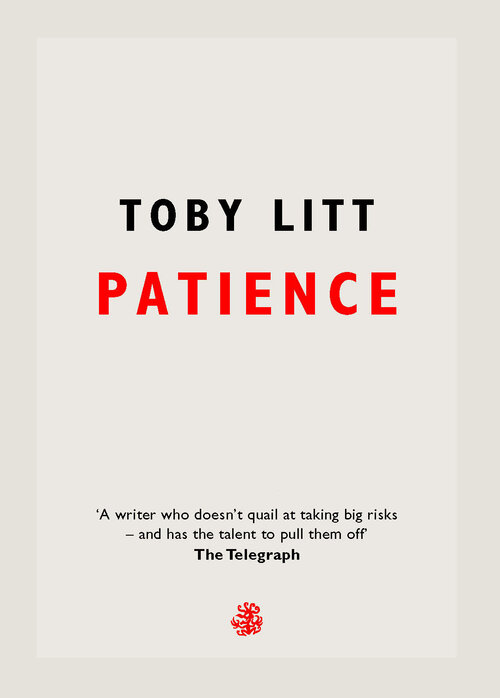
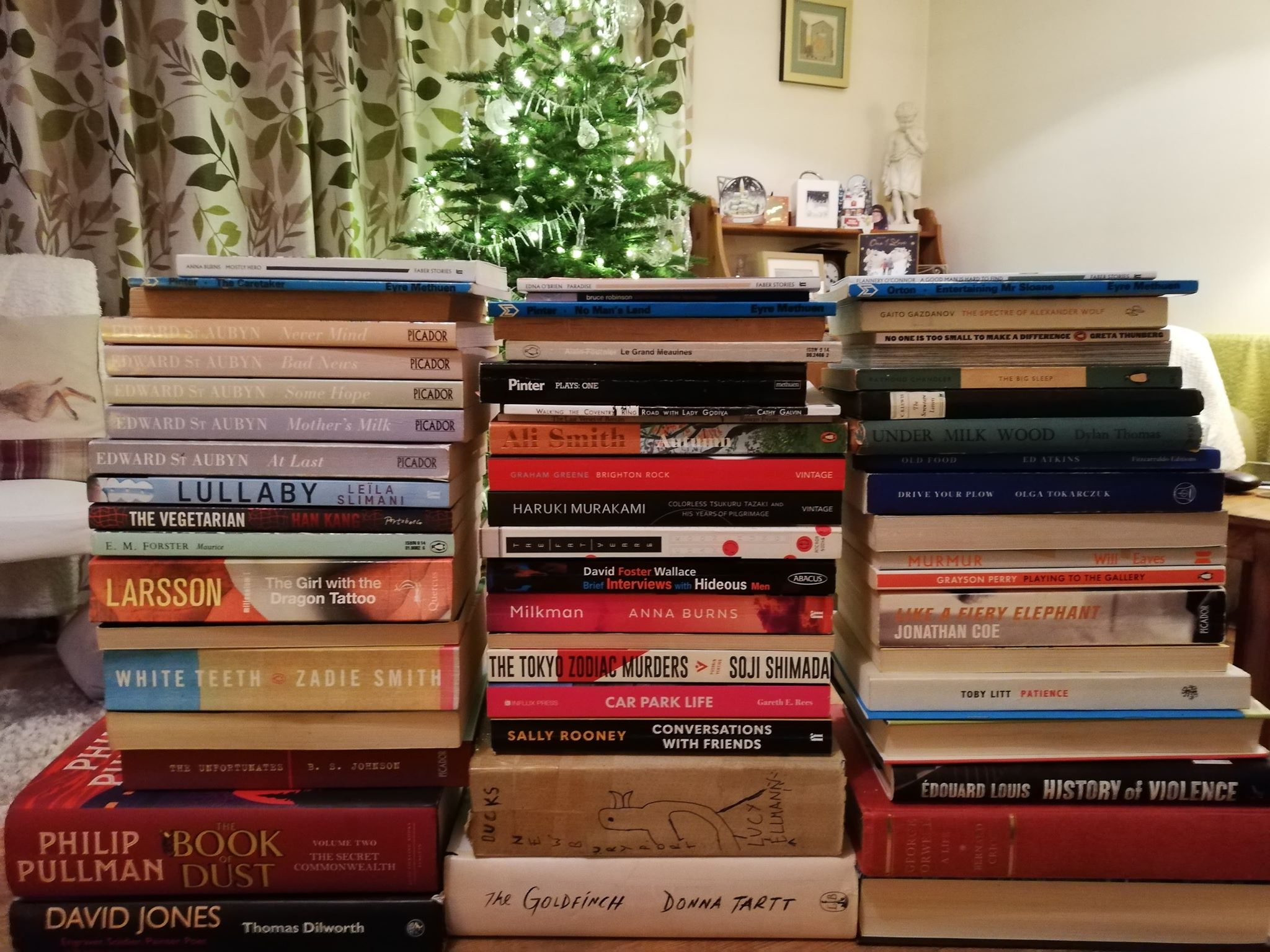

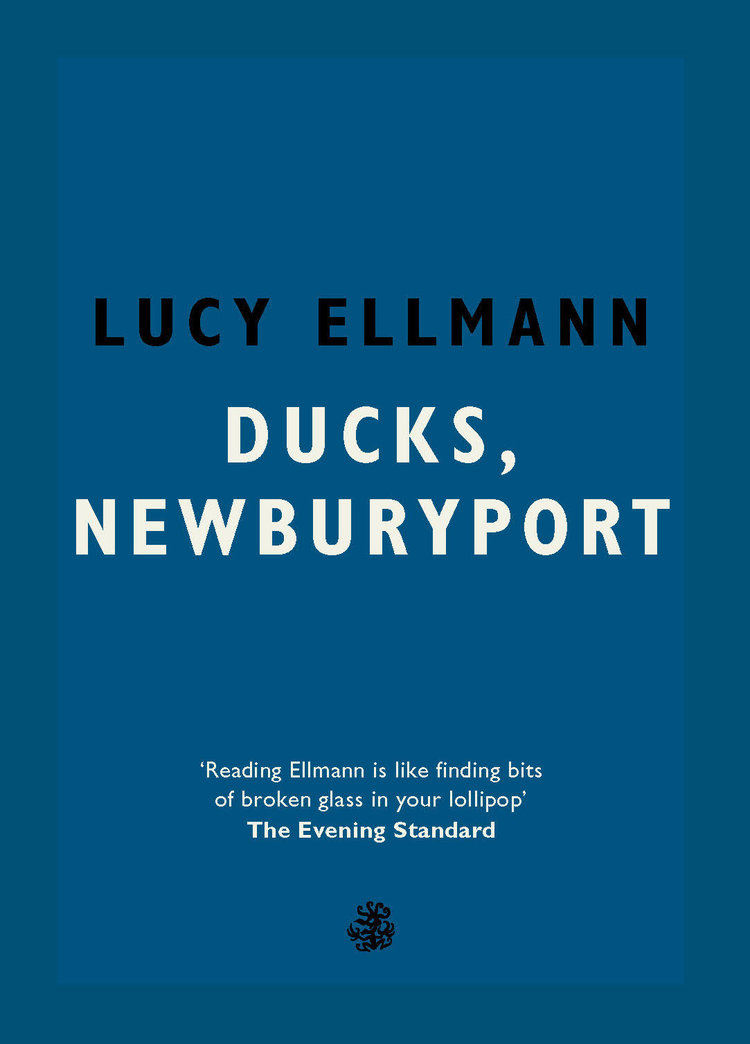

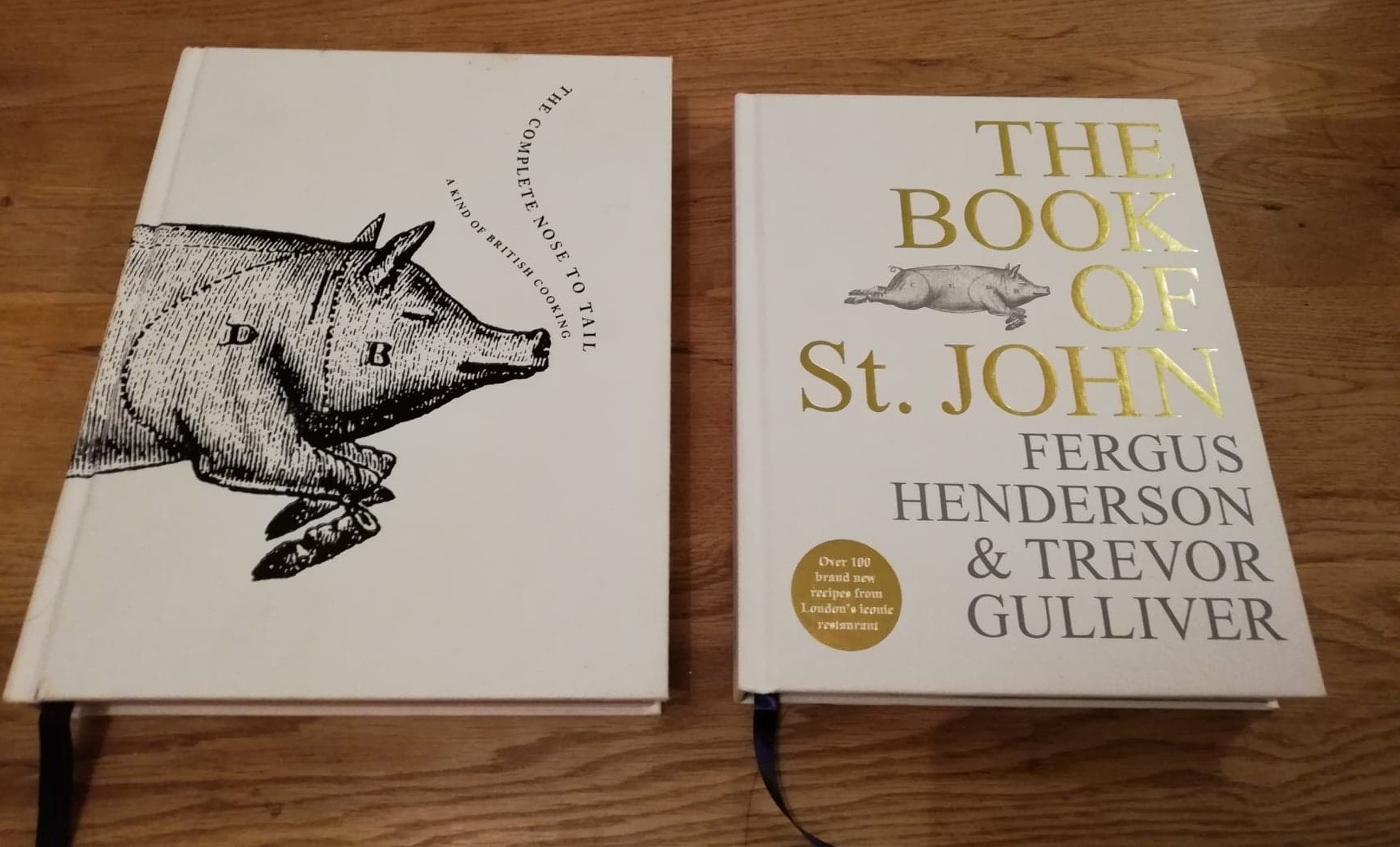







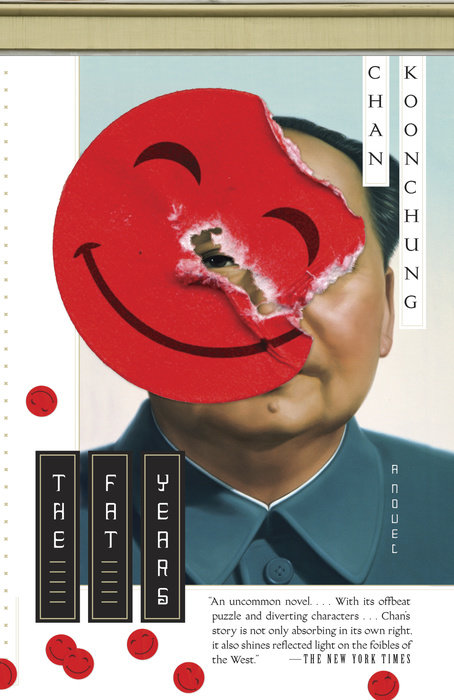
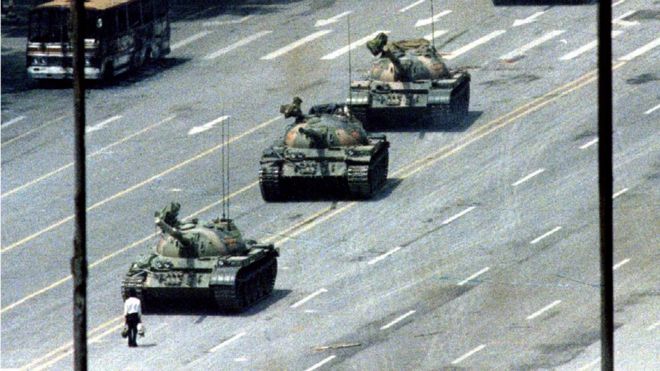






%20BeowulfSheehan-detail.jpg)

